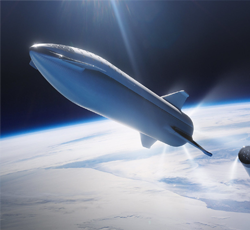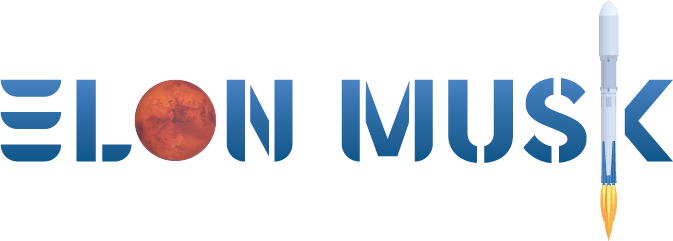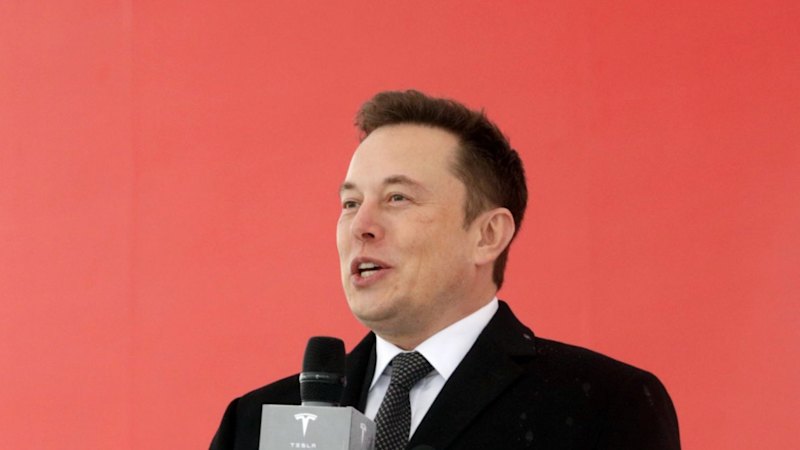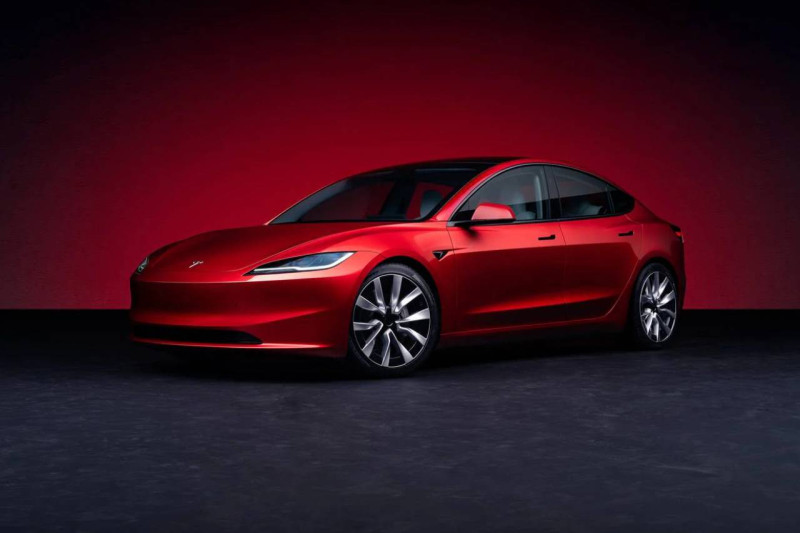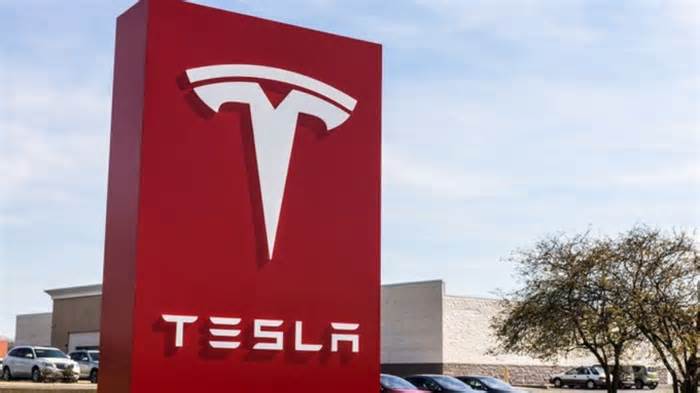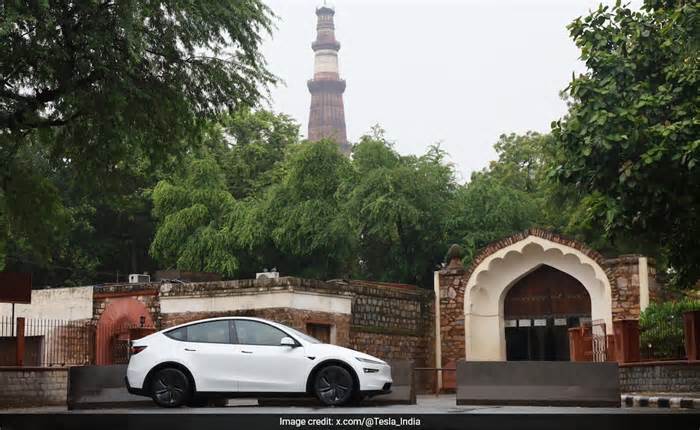
SpaceX Starship For A NASA Flagship Uranus Science Mission
- by NextBigFuture
- Oct 22, 2025
- 0 Comments
- 0 Likes Flag 0 Of 5

Brian Wang
In 2022, the National Academy of Sciences Planetary Science Decadal Survey recommended exploration of Uranus as its highest priority Flagship mission for the 2030s. The Decadal recommendation relied on the Uranus Orbiter and Probe (UOP) concept as its baseline for the mission. UOP assumed a launch in 2031 on a Falcon Heavy Expendable rocket and an intermediate Jupiter flyby, allowing it to arrive at Uranus before 2050.
Uranus is 19 times farther from the Sun than Earth is. It took Voyager more than nine and a half years to reach the system, and they only did a flyby. A Falcon Heavy booster and several gravitational assists from other planets would take over 13 years to reach Uranus.
SpaceX Starship would not need gravity assists and could directly decelerate at Uranus. This would enable a six year mission.
A new paper from Andrew Gomez-Delrio and their co-authors at NASA’s Langley Research Center describes how a proposed Uranus Orbiter and Probe (UOP) mission could utilize the same aerocapture technology that Curiosity used to dramatically improve both the speed and payload capacity of the mission.
SpaceX Starship heat shield could be modified for aerobraking at Uranus. Larger payload masses and shorter times of flight can be achieved by using Starship to perform aerocapture. As a mid- to high-lift to drag ratio vehicle, Starship can succesfully perform aerocapture while maintaining deceleration and heating values that are not more severe than those observed by aerocapture studies for other vehicles.
If Starship slows down propulsively, the burn would require 5 km/s of delta v (which quantifies the energy needed for the maneuver), much higher than is typically performed by spacecraft, which might result in a very complex design. A more conservative approach, assuming a maximum burn of 2 km/s at Uranus, would result in a cruise time of 8.5 years.
If the Uranus Orbiter and Probe mission measured and communicated consistent positional data every 10 seconds for the duration of the 6-year trip it could help detect gravitational waves or potentially dark matter inside our solar system.
Brian Wang
Brian Wang is a Futurist Thought Leader and a popular Science blogger with 1 million readers per month. His blog Nextbigfuture.com is ranked #1 Science News Blog. It covers many disruptive technology and trends including Space, Robotics, Artificial Intelligence, Medicine, Anti-aging Biotechnology, and Nanotechnology.
Known for identifying cutting edge technologies, he is currently a Co-Founder of a startup and fundraiser for high potential early-stage companies. He is the Head of Research for Allocations for deep technology investments and an Angel Investor at Space Angels.
A frequent speaker at corporations, he has been a TEDx speaker, a Singularity University speaker and guest at numerous interviews for radio and podcasts. He is open to public speaking and advising engagements.
Categories
Please first to comment
Related Post
Stay Connected
Tweets by elonmuskTo get the latest tweets please make sure you are logged in on X on this browser.





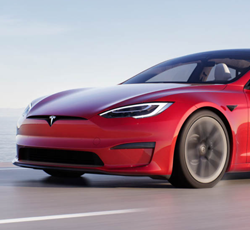
 Energy
Energy